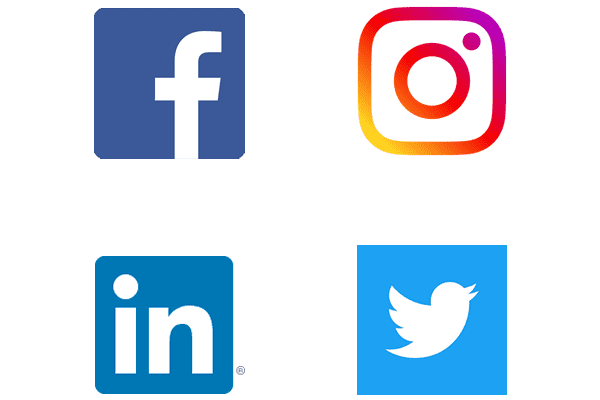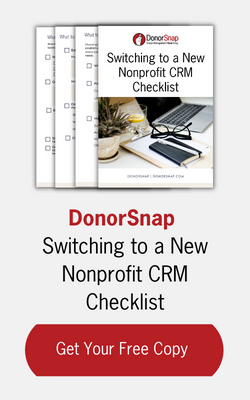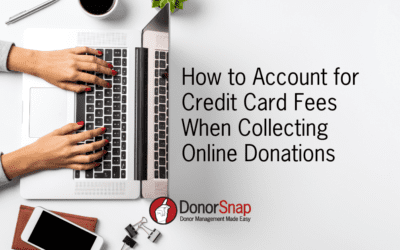
Nonprofit organizations stand to gain a lot from the smart usage of social media. The key word here is “smart.” Not all nonprofits have a target audience that is going to be active across all social media networks. It is important for organizations to do some analysis of their likely donors. Try to determine how they prefer to interact with an organization, where they are most likely to be active online, and what the right approach is to reach out to them.
The other part of smart social media usage is to have SMART goals. You have probably heard it before, but your goals should be specific, measurable, achievable, relevant, and time sensitive. Determine ahead of time what you want to accomplish, and develop your social media strategy specific to those goals.
If you need some help getting started with your goals, try thinking about things like the following:
- Expanding your reach to new potential supporters such as the friends of your friends.
- Increase engagement from the people that are already supporting your organization.
- Increase donations by placing online donation forms in your social media pages
- Developing a communications platform to increase awareness of your cause
Do not confuse those starting points with smart goals though. Every organization is different, so you will need to make these goals specific to your needs. Define them with numbers that you can track such as 1,000 visitors each month, or 5 new stories posted each week. Well written goals make it easier to come up with a great strategy for success.
Here is a quick overview of some of the most popular social media networks and ways to tell if they are good marketing avenues for your nonprofit:
- Facebook is far and away the largest social media site on the internet. With nearly two billion active users, Facebook has the benefit of a gigantic range of users you can reach out to. Unlike many other social media sites, Facebook is not just a digital hangout for young people. Working professionals up through senior citizens are regularly active on the site. It also has plenty of options for sponsored content and different forms of media, including videos, images, and stories. Because of Facebook’s versatility and diversity of users, almost every nonprofit organization can benefit from having an active account there.
- Twitter does not have nearly the diversity of users as Facebook; it skews a bit younger, though there is still a sizable audience of older people and working professionals. It also does not have quite the same versatility in terms of functionality. However, it is an outstanding place to interact with followers or to take part in large-scale conversations about topics related to your organization—perhaps more so than Facebook.
- Instagram has become the most-used and most-loved social network of the younger generation. Millennials and the so-called Generation Z (born in the late 90s and after) have embraced Instagram for its simplicity and its propensity for self-expression. If you’re primarily using social media to find new donors, Instagram might not be your best bet, because it is a much younger audience. It doesn’t allow for as in-depth of content. However, its large user base and ease of use still make it an attractive outlet for organizations that have missions that align with the interests of a younger demographic.
- LinkedIn is a professional network that tends to have an older, more business-centric audience than the other social media sites listed above. While it is a great platform to provide more information about your organization and to publish some informative articles, it is not necessarily an ideal platform for attracting new donors.
In general, nonprofits should always keep their target audience in mind. Social media can be a great tool depending on the kind of organization you are running, but ultimately you need to meet your audience where they are already likely to be. Learn to communicate with them in the method they most prefer.



